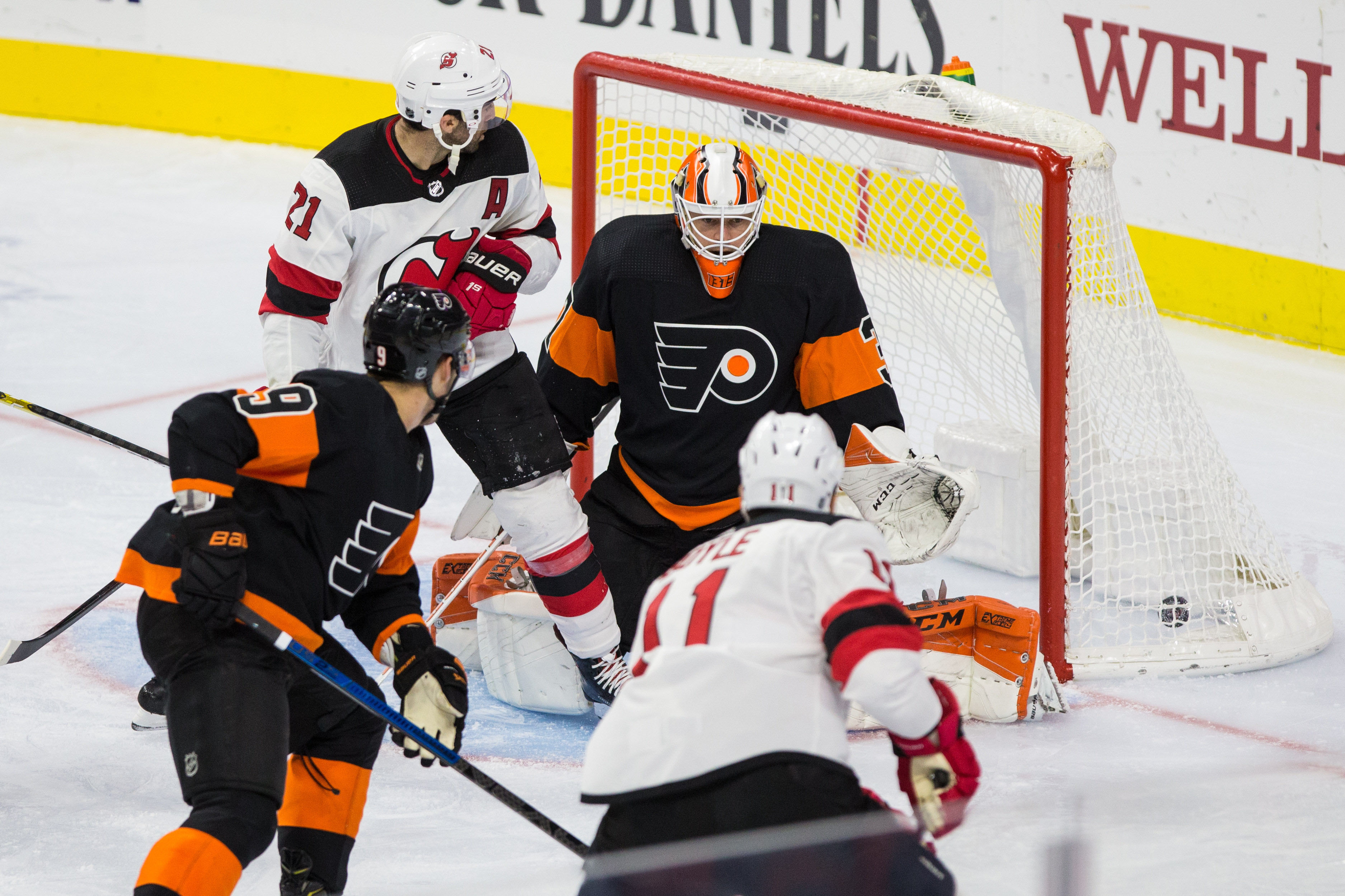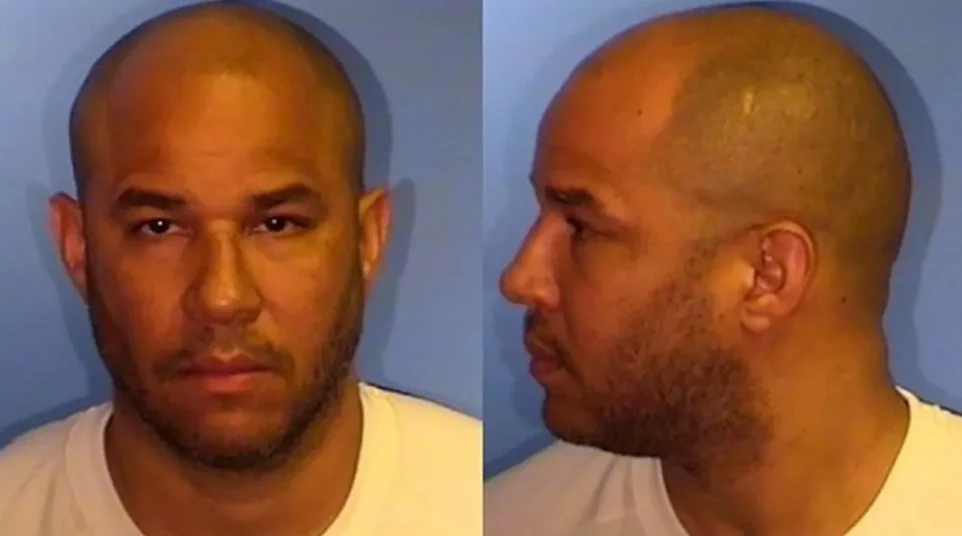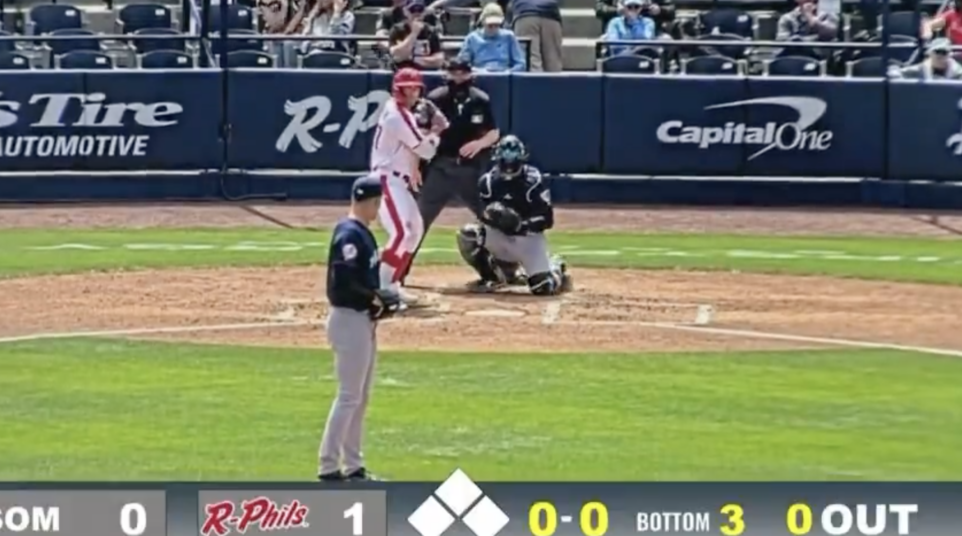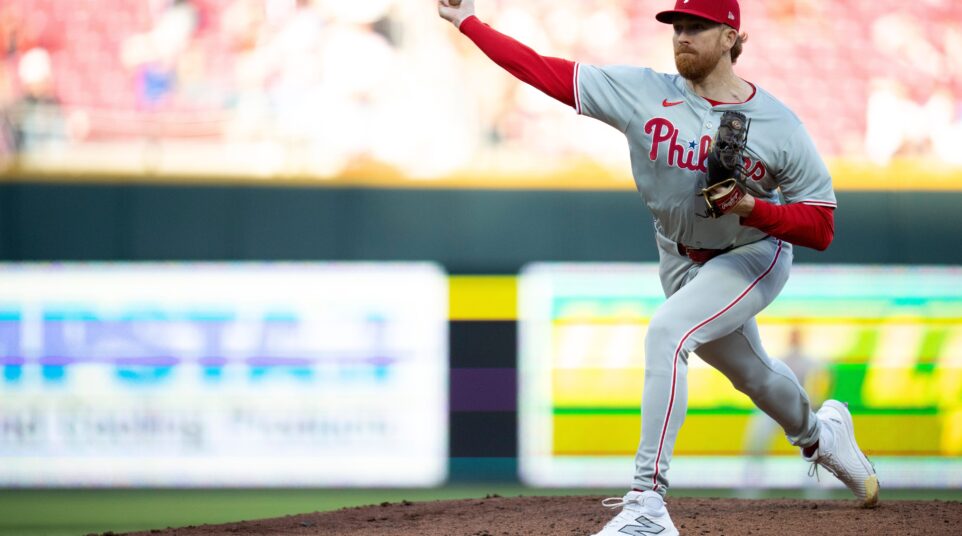
The PK Has Been The Flyers' Silent Killer
Coming into Monday night’s game against the Colorado Avalanche, the Flyers ranked 29th out of 31 NHL teams in the penalty kill at 70%. The only teams with a worse rating were the Florida Panthers and Carolina Hurricanes at 66.7% and 65.4%, respectively. Oddly enough, Carolina led the Metropolitan division – due in part to having played the most games (T-8 with the Flyers) – while the Panthers held a record of 1-2-3 for a total of 5 points in six games played.
This isn’t new. The Flyers finished the 2017-18 season 29th in the NHL in PK% at 75.8, behind only the Montreal Canadiens (74.1%) and New York Islanders (73.2%). During the 2016-17 season, the team was 21st in the league with a 79.8% on the PK and 20th in 2015-16 at 80.5%. To round out the last five seasons, the Flyers were an abysmal 27th in PK% in 2014-15 at 77.1%.
In the 2015-16 season, his first year as head coach, Dave Hakstol oversaw a 3.4% increase in PK% from Craig Berube’s final season. However, if one were to extrapolate the current data from 2014-15 through 2018-19, the Flyers’ regression on the PK would be alarming to say the least. With that in mind, if you take the raw PK% numbers put up by each NHL team over the past five seasons and order them from one to 152, here’s where each Flyers season would rank:
- 2014-15: 125th
- 2015-16: 85th
- 2016-17: 99th
- 2017-18: 136th
- 2018-19: 150th
Let that last one sink in. I know it’s only been 9 games, but if the calls for Assistant Coach Ian Laperriere’s job were loud after a woeful performance in 2017-18, they’ll become deafening if the trend continues.
Plenty has been made of the Flyers’ revamping of the PK. Back in September, Anthony and I caught up with forward Scott Laughton to discuss what changes were being implemented during training camp:
Laughton: Lappy’s worked a lot on it in the summer. We watch video and everything like that, so I’m excited to try and play a big part in the PK. I started the year there last year and we weren’t very good, so I stopped PKing a bit. I’m excited to start fresh and have a new look of the system and try to be a big part of the PK. I take alot of pride in that.
Crossing Broad: That PK that you trotted out today: more aggressive, do you think? Obviously it’s a new year and you’re saying it’s something new than you were doing before.
Laughton: We were so aggressive last year at the start of the year, then we backed off. I think it’s a little bit in between. You kind of find a happy medium in the middle. It’s just a read-off each other and you stick to the same system and guys read off each other and I think it’ll be okay.
Crossing Broad: So it’s more about communication: when to go and make sure your area’s covered?
Laughton: Yeah, I think that’s the biggest thing, not trying to switch all over the ice. They’ve got five guys. That’s the name of the game, they’re on the power play, we got four. You just gotta do your job and let everyone else take care of theirs and just go from there.
Fast forward to Monday night, when the Flyers’ PK was once again under scrutiny after allowing Colorado to go 1-3 on the PP.
Flyers’ defenseman Robert Hägg was asked about the penalty kill:
Reporter: On the kill as a whole, you guys seem to have gotten a little bit better at forcing entries to have them be more difficult, to hold that blue line a little bit better . Once teams do get set up, is there a common thread to it or is it just lack of execution and lack of effort, cause a lot of times you hear on the penalty kill, people say it’s an effort thing, more than it’s a strategy thing?
Hägg: I mean, we’re working our balls off out there, I mean trying as hard as we can and if it’s one guy’s break down then it’s gonna be in the back of the net, so everybody has to work together, stick with a plan, and just execute. That’s how it is and we need to keep working on it and it has to be better, absolutely.
I asked goalie Brian Elliott about what he’s been seeing from the Flyers’ net and if the “structure” issues he outlined following the home opener loss to the San Jose Sharks showed up again Monday night:
Crossing Broad: After the San Jose game, you had said that the team had issues with structure. When you’re standing there with your team coming back on the PK, it looks like they’re doing a good job of pressuring in the opponents’ zone, but as it comes back, it looks like that’s when everything starts to fall apart within your own defensive zone. Are you seeing anything from the net structurally that needs addressing or has been remedied in some of these closer games?
Elliott: What I mean by structure is everybody working for each other. Close support. When we have guys coming back hard, back checking, it helps the D out. It prevents them from getting really good opportunities. That’s what I mean by structure. It’s basically not having guys hanging below and not hoping for a breakaway pass, hoping things come back the other way. It’s really working hard. We’ve had games, we’ve had stretches that we’ve played that way, but I think when we get away from it, it’s a bit of a scramble. That’s what we don’t want to happen.
At some point, something has to give. The tactics have changed, the personnel has changed, but the coach tasked with building the penalty kill (Laperriere) and the lackluster results have been consistently mediocre at best. For a team that’s struggled mightily to get off to good starts in games – they’ve allowed the first goal in 8-of-9 to start the season – a silly stick penalty to start the game and the ensuing PK goal spelled doom just over two minutes in. We’ll see if things improve after yet another poor result at home.
For more Flyers coverage, be sure to check out our podcast Snow the Goalie([iTunes] [Google Play] [Stitcher] [RSS]), leave a 5 star review, and follow us on Twitter:@AntSanPhilly @JoyOnBroad





